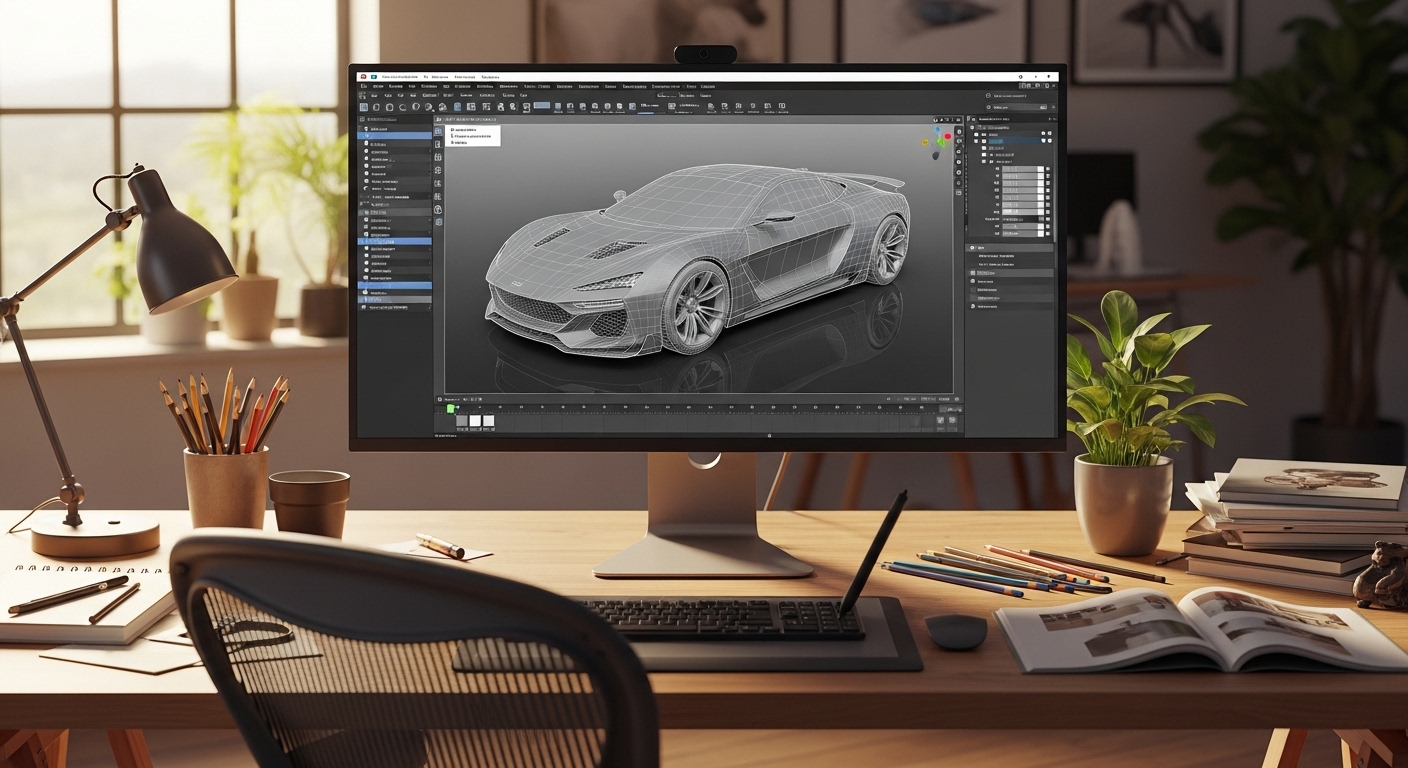Introduction
If you’re new to 3D printing, the first step to success is learning how to create a solid 3D model. Whether you’re designing a simple phone stand or a complex mechanical part, understanding the basics of 3D modeling will help ensure your print turns out exactly as you envisioned. This guide is designed to help beginners get started with the tools and skills needed to model for 3D printing effectively.
What Is 3D Modeling?
3D modeling is the process of creating a digital, three-dimensional representation of an object using computer software. The file you create becomes the blueprint your 3D printer uses to build the physical object layer by layer.
Best 3D Modeling Software for Beginners
🧰 Tinkercad (Free, Browser-Based)
- Extremely beginner-friendly
- Great for learning basic geometry and shapes
- Good for hobby projects and educational use
🧰 Fusion 360 (Free for personal use)
- Offers advanced design tools with a clean interface
- Ideal for mechanical parts and functional objects
- Includes simulation and parametric modeling
🧰 Blender (Free, Open-Source)
- Powerful for organic modeling and artistic designs
- Steeper learning curve but highly customizable
- Best for figurines, sculptures, and animation models
🧰 SketchUp (Free and Pro versions)
- Great for architectural or product design
- Easy to learn and has many built-in templates
Popular 3D File Formats for Printing
- STL (.stl): The most common file type; stores the surface geometry of a 3D object.
- OBJ (.obj): Supports colors and textures; good for more complex or visual projects.
- 3MF (.3mf): A newer format developed for improved metadata and print settings compatibility.
Make sure to export your file in a format your slicer software (like Cura or PrusaSlicer) can read.
Design Tips for Print-Ready Models
✔️ Ensure Your Model Is Manifold
Every surface should be closed and watertight—no holes, gaps, or disconnected vertices.
✔️ Watch Wall Thickness
Thin walls can break during printing or be skipped entirely. Minimum wall thickness depends on your printer and material but usually should be at least 1mm.
✔️ Avoid Overhangs Without Support
Angles greater than 45° may require support structures during printing—plan your geometry accordingly.
✔️ Scale to Fit Your Printer
Check your printer’s build volume and design within those limits—or plan to split large models into multiple parts.
Common Beginner Mistakes
- Forgetting to check for non-manifold geometry
- Using unsupported file formats
- Designing parts that are too thin or too intricate
- Skipping the preview/slicing stage before printing
Where to Learn More
Thingiverse & Printables: Download models and inspect how they’re designed
YouTube tutorials (search by software + “3D print modeling”)
Online courses on platforms like Udemy, Coursera, or Skillshare
Community forums like Reddit’s r/3Dprinting or the Fusion 360 community


